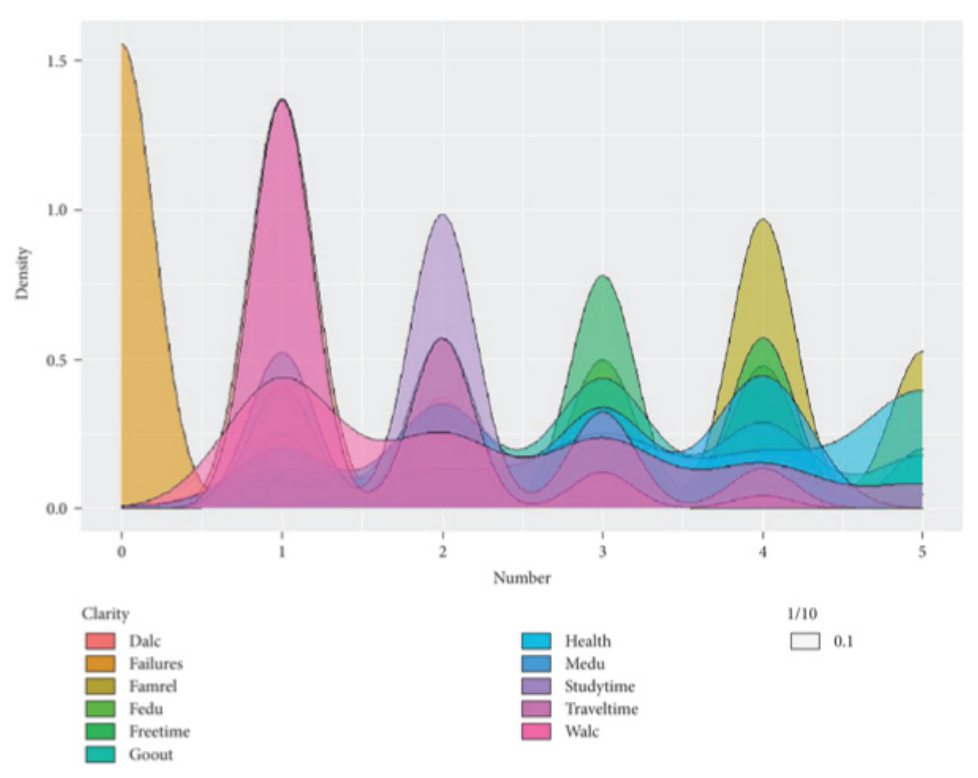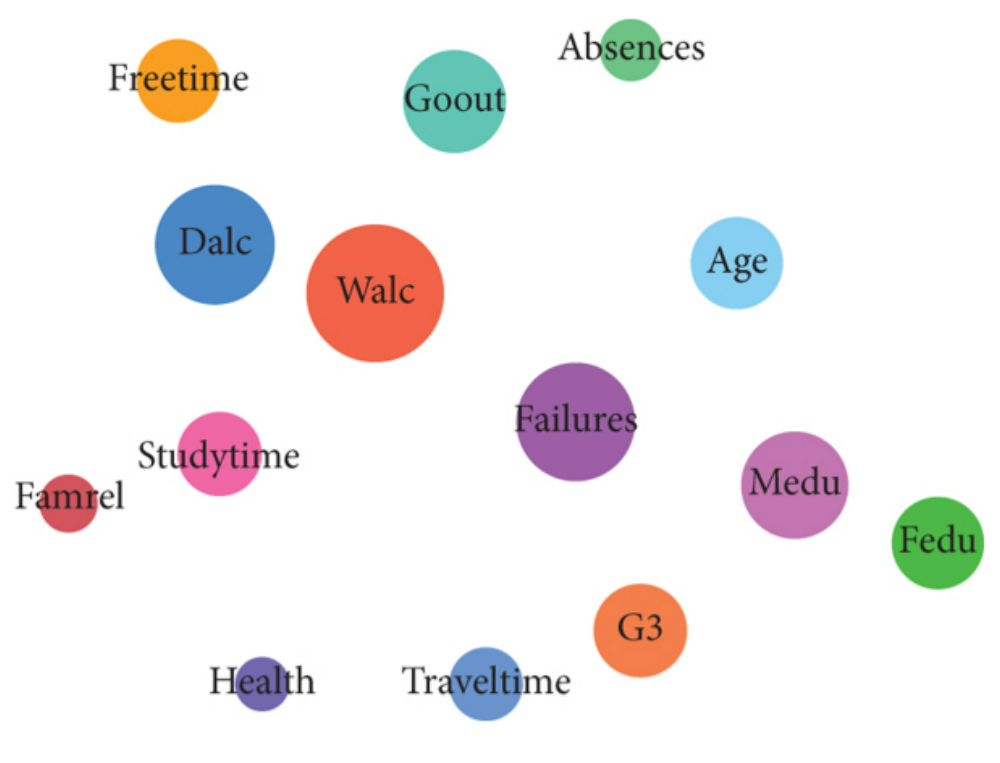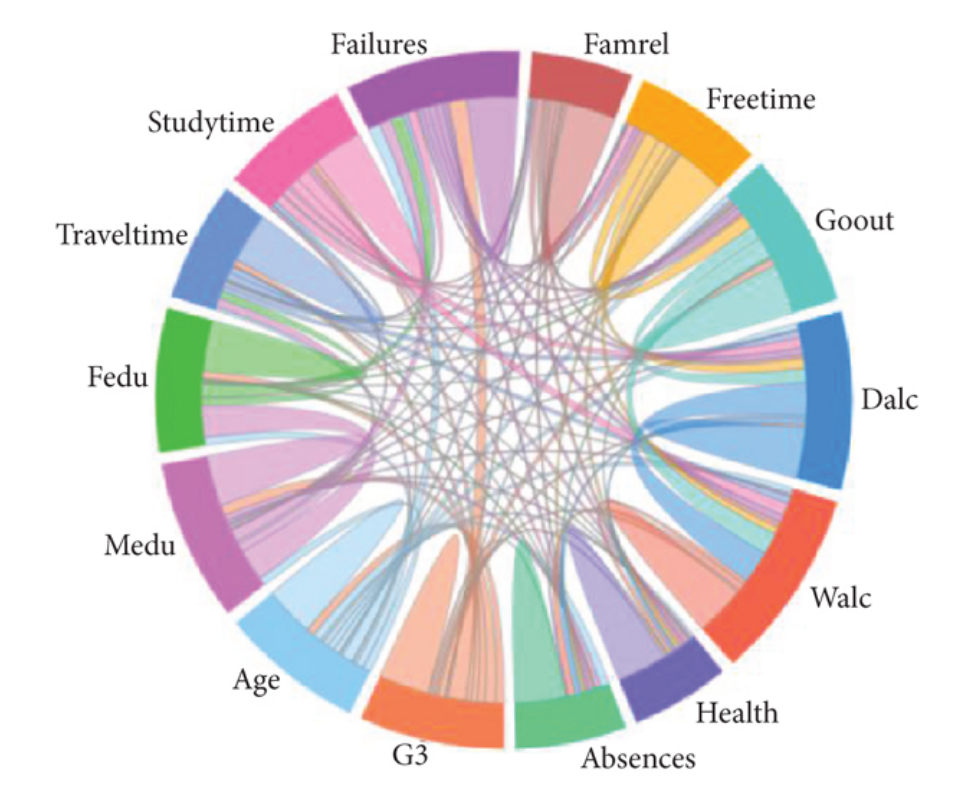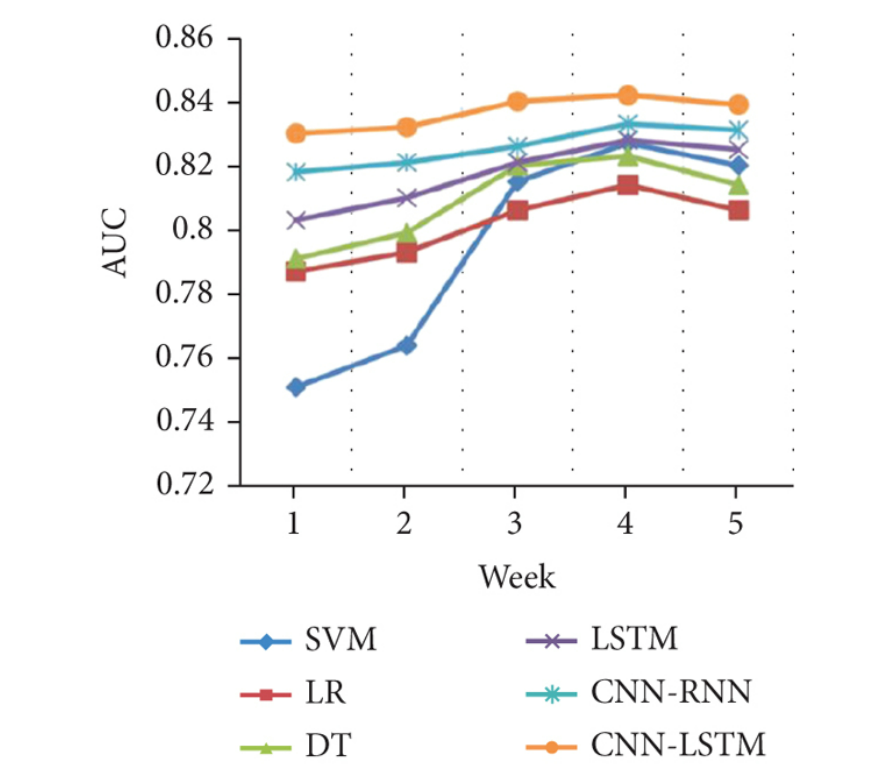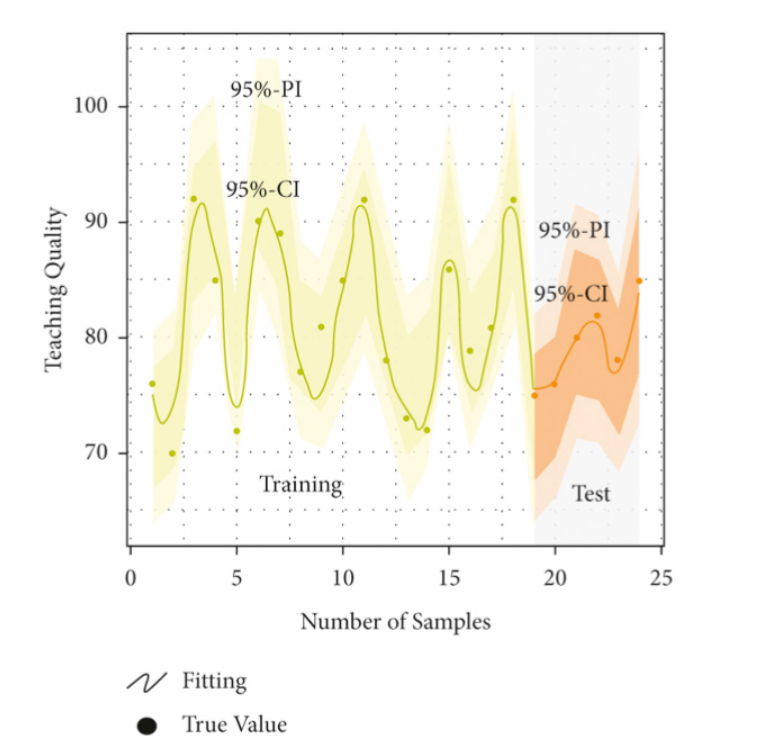 An open access journal
An open access journal
Art as a Catalyst for Social Change: Empowering Communities Through Creative Expression
Abstract
This paper examines the transformative power of art as a catalyst for social change, focusing on how creative expression empowers communities and drives positive societal transformation. Through an exploration of case studies and theoretical frameworks, the study investigates the ways in which art serves as a vehicle for advocating social justice, amplifying marginalized voices, and mobilizing collective action. It delves into the role of artists as agents of change, showcasing their ability to challenge social norms, provoke critical dialogue, and inspire grassroots movements. Additionally, the paper discusses the impact of art-based interventions in addressing pressing social issues such as poverty, inequality, and discrimination, highlighting the potential of art to foster empathy, solidarity, and resilience within communities. The findings underscore the importance of investing in arts-based initiatives as a means of promoting inclusive development, fostering civic engagement, and building more equitable societies.
Share and Cite
Article Metrics
References
- Freire, P. (1970). Pedagogy of the Oppressed. Continuum.
- Giroux, H. A. (2001). Cultural Studies in Dark Times: Public Pedagogy and the Challenge of Neoliberalism. University of North Carolina Press.
- Hooks, B. (1994). Teaching to Transgress: Education as the Practice of Freedom. Routledge.
- Kapoor, I. (2002). The Deviant Majority: The Reshaping of the Art World. Open University Press.
- Lacy, S. (1994). Mapping the Terrain: New Genre Public Art. Bay Press.
- McCarthy, K., & Farrow, R. (2017). Art and Social Change: A Critical Reader. Bloomsbury Academic.
- Piven, F. F., & Cloward, R. A. (2000). Why Americans Don't Vote: And Why Politicians Want it That Way. Vintage Books.
- Sen, A. (1999). Development as Freedom. Knopf.

